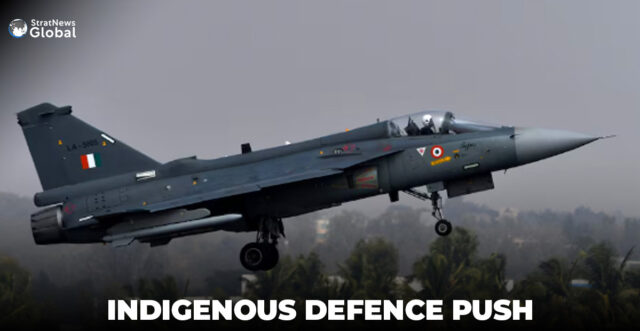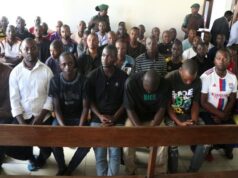Defence Secretary RK Singh on Saturday said that two indigenous Tejas Mark 1A fighter jets are expected to be delivered by the end of September, underscoring India’s push for self-reliance in the defence sector.
Speaking at NDTV’s Defence Summit, he said the Tejas is set to replace the ageing MiG-21 fleet and emerge as a primary workhorse for the Indian Air Force (IAF).
Singh said, “The goal is to give HAL sufficient visibility to refine this platform. Currently, around 38 jets are operational, with another 80 under production. Ten of these are ready, and two engines have already been delivered. We anticipate that the first two jets, complete with weapons integration, will be delivered this September, with contract signing scheduled for next month.”
He added that this level of production provides HAL with a clear order pipeline for four to five years, enabling the company to perfect the platform, integrate radar and indigenous weapons, and ensure that the Tejas complements the Sukhoi fleet as a mainstay for the IAF.
Make-In-India Defence Push
On the ‘Make in India’ drive in the defence sector, Singh emphasised that self-reliance is essential to safeguarding strategic autonomy.
“Maintaining strategic autonomy now demands that we meet the majority of our defence requirements domestically. Since Prime Minister Narendra Modi’s government took office in 2014, there has been a relentless focus on self-reliance,” he said.
He also noted that India has set a benchmark of sourcing 75% of its capital expenditure locally, requiring foreign manufacturers to invest and produce in India to qualify for most defence contracts.
Modern Warfare
Regarding drones and their evolving role in modern warfare, particularly in the context of Operation Sindoor, Singh described the recent anti-terror operation as a reality check. He praised India’s air defence systems, including legacy platforms, for performing effectively but acknowledged room for growth.
“Significant improvements are needed in drones. Our civilian drone industry has expanded considerably, but achieving military-grade capability requires more effort, and our manufacturers are aware of the challenge,” he said.
Singh reiterated the importance of research and development while advocating a pragmatic approach.
“Critical technology is either restricted or shared sparingly. We must focus on Indian design and development. Our approach has to be practical—we cannot afford capability gaps vis-à-vis other countries while waiting for research outcomes,” he noted.
On his personal experience during Operation Sindoor, Singh admitted to feeling “a little tense on the first day” but added that his routine, including morning tennis, helped manage stress.
“I received regular updates on the operation, including any losses. Thankfully, we incurred minimal casualties while inflicting significant damage. We were confident in our ability to escalate if necessary, dominate, and compel the adversary to yield,” he added.
(With inputs from IBNS)





